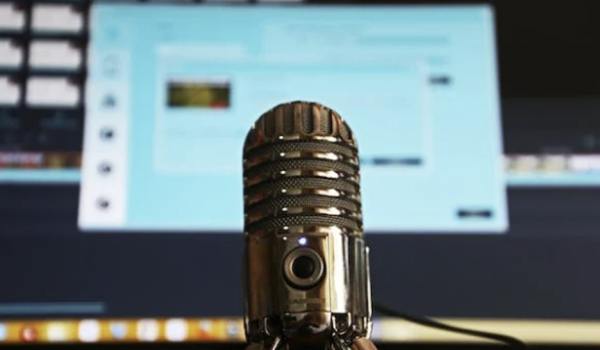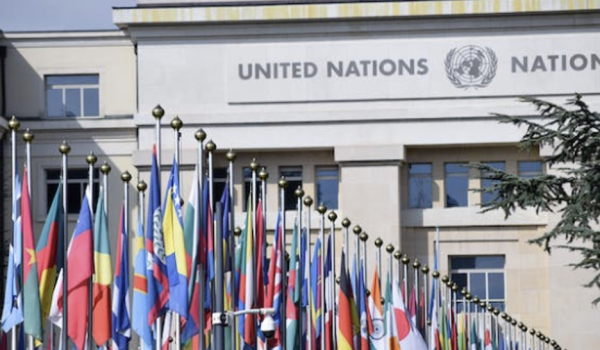The deadline for the project proposals for the Youth Time Global Forum is getting closer, and we want to make this process easier for you with a couple of tips and tricks that you may also find useful in the future. If you have a good idea, you just have to follow the following steps to get a grant!
Step 1: Analyse
See how your idea fits into the donor’s politics and exact giving preferences. Similar to writing an application letter for an internship or a job, it is important not to send a one-size-fits-all proposal, but to try to find out what kind of projects each donor has funded before, and see what was common for all of them. Donors always have a special target group or ideas they want to promote, and therefore it is very important to see if your project is able to respond to their objectives. Keep in mind that no organisation spends its resources without an underlying purpose. They want to see how someone cares and works for their cause.
Step 2: Introduce the Problem
You should start the project proposal with a comprehensive needs analysis. After you have done the analysis of the donor’s wishes, you have to describe what you want to do/ solve/improve with the funds you’re getting. The most important thing is, of course, that you sound confident, and describe your ideas clearly. If your introduction is confusing, and no one can really understand what your aims are – the chances for success will decrease. Your proposal will have a greater chance of acceptance if the readers fully understand the “why” behind what you are planning to do. Try to find statistics that support your claims.
Step 3: Offer Solutions
You have to argue the underlying causes of the needs uncovered by your investigation so you can show that you fully understand the problems that you are trying to solve. Therefore you have to describe how your project will work, focusing on the impact it will have in the area of need identified above, to give donors a more complete understanding of your proposal. Show your goals clearly as well as the markers you need to meet in order to show that your project has been successful. This is something that you really have to pay attention to! You have to present how you’re going to measure the success of your actions. Think about how you can demonstrate the success of your project: questionnaires, interviews, pictures, graphics, numbers…
Step 4: Describe the Plan
Even if your idea sounds good, you won’t convince the donors to support your cause if you don’t give them a plan to show how you are going to develop the project. We are talking here about a detailed description of all the steps you’re talking. You have to show how, when and what are you going to do. Sometimes it may happen that your timeline is not good, or the phases of your project are not arranged in a logical way, and the donors will reject your proposal. This is the point where you can add the pictures, graphs, floor plans and any other documentation that will help donors to visualize the completed project. It is also useful to present some case studies to highlight the importance of your idea.
Step 5: Financial Plan
This is a very important part of every project proposal. Donors want to see that you are not spending too much money on unimportant things. And of course, they want to see exactly where every cent they are giving is going to go. Usually every company/NGO/foundation has a standard budget form that you have to fill out, but even if it doesn’t, it is good if you list all the expenses that are associated with your project. This doesn’t mean that you have to show only where you are planning to spend the sources that you are getting from your donor, but also everything that you, your partners and third parties are contributing. For instance, if you are organizing a seminar, and it will take place at your school (which will be given to you for free), and some of your associates are going to lead the seminar, you have to present the approximate market value of the room, and the value of your associates’ time. You have to be prepared to answer all conceivable questions about this section in order to show that you know exactly how to put donor funds to the best use.
When you’re done, it is also good if you add short professional biographies of yourself and other people who will run the project with you. Try to highlight your experience in project implementation, especially those that are similar to the one you are proposing. Use this section to prove that you have the knowledge, experience and contacts that are needed to develop the project successfully. And do not be afraid if this is your first project. If you strongly believe in your idea, and you have an original plan of how to implement it – just follow the steps set forth above carefully, and good luck with the application!
Support us!
All your donations will be used to pay the magazine’s journalists and to support the ongoing costs of maintaining the site.
Share this post
Interested in co-operating with us?
We are open to co-operation from writers and businesses alike. You can reach us on our email at [email protected]/[email protected] and we will get back to you as quick as we can.









